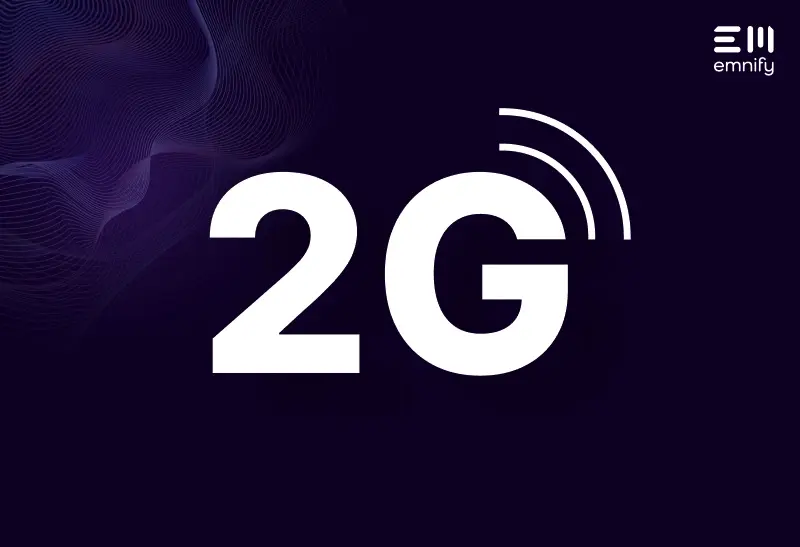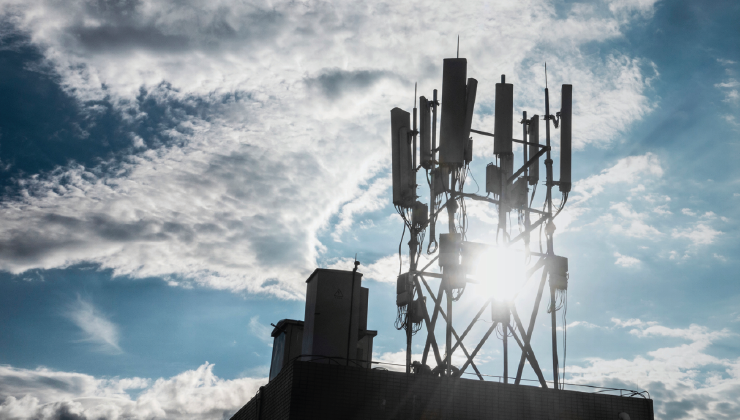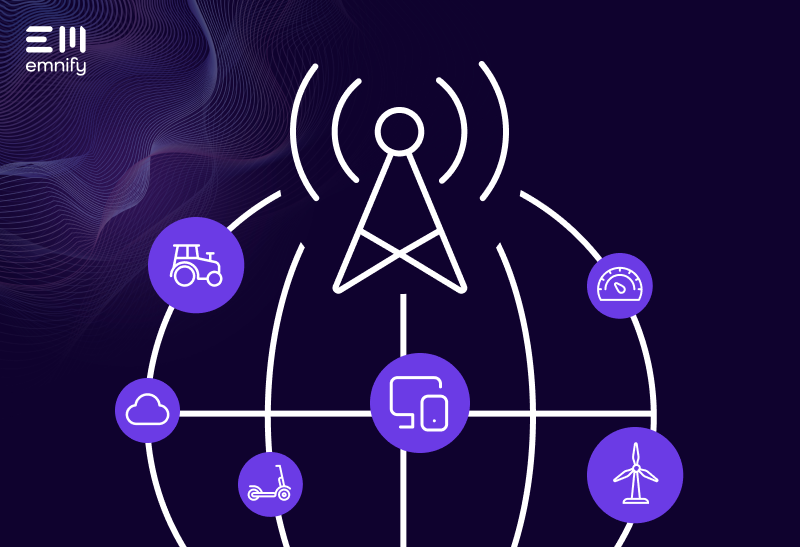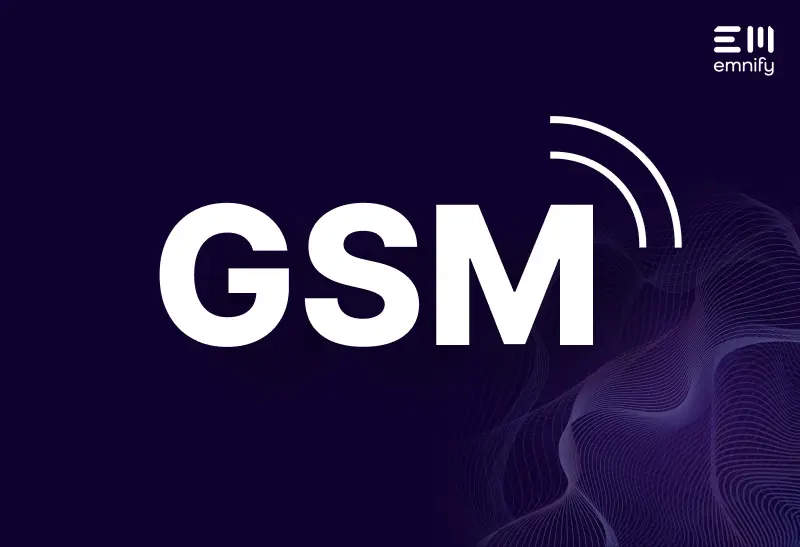

Quick definition: 2G is the second generation of cellular networks, based on the Global System for Mobile Communication (GSM). Designed to accommodate the growing number of mobile phones, 2G introduced cellular services like SMS, multimedia messaging, and digitally encrypted voice conversations. It also made more efficient use of the radio frequency (RF) spectrum, so more devices could share the same frequency bands.
While 2G networks were built with cell phones in mind, this technology has historically been the most popular choice for Internet of Things manufacturers because it has global infrastructure, works well indoors and outdoors, consumes less power, and costs far less than more advanced cellular networks. Most cellular IoT applications currently use 2G.
But the technology is three decades old. Over the years, telecommunications organizations have upgraded 2G networks with General Packet Radio Service (GPRS) and Enhanced Data rates for GSM Evolution (EDGE), but 2G connectivity simply can’t keep up with the slew of options available today.
Many Mobile Network Operators (MNOs) have already begun shutting down their 2G networks. And in some countries, there’s no 2G service available.
If you’re building an IoT application and considering using 2G connectivity, there are some things you’ll want to bear in mind if you want to future-proof your devices. But first, let’s look at why carriers are phasing out 2G when so many IoT manufacturers still want to use it.
Why is 2G going away?
The RF spectrum is a finite resource. There’s only so much bandwidth to go around. With some exceptions, 2G networks based on GSM use 850/900 MHz and 1800/1900 MHz bands. Within these bands, individual MNOs purchase a license to use specific frequencies—so each carrier’s network operates on a different frequency, preventing cross-network interference.
But now, MNOs have other technology that can use these frequency bands while offering higher data rates and more advanced capabilities. The main advantage of keeping 2G networks has typically been coverage. Carriers have had decades to build up their 2G infrastructure around the globe. So in some parts of the world, 2G is a valuable fallback for when more advanced networks lose coverage. But that benefit is rapidly shrinking as 3G and 4G networks continue to expand. In fact, more than 50 percent of all mobile connections today use 4G technology.
For carriers, keeping 2G is like clogging the express lane with slow-moving vehicles. There are far more efficient ways to use the 850/900 MHz and 1800/1900 MHz “lanes” in the RF spectrum. Even in many Lower Middle Income Countries (LMICs), there’s enough demand for high-speed connections to justify decommissioning 2G networks to free up bandwidth for more advanced technology.
Additionally, carriers are rolling out cellular technology specifically designed for the Internet of Things, such as LTE-M, LTE-Cat 1, and Narrowband-IoT networks. These Low Power Wide Area Networks (LPWANs) enable IoT devices to use power-saving features and higher data throughput. They don’t all currently have the coverage of 2G, but LTE-based networks can use 4G infrastructure (which is already globally deployed) and may sometimes use 3G (or even 2G) as a fallback.
Carriers have other viable options for IoT applications, and there’s increasing demand to reallocate 2G bands for more advanced cellular technologies.
So, if you still think 2G is ideal for your application, what should you do?
Don’t rely on a single carrier’s 2G service
With traditional SIM cards, you sign a contract with a specific cellular carrier to access their network and any networks they have roaming agreements with. This means in your MNO’s home country, you likely won’t have redundant coverage.
So if, for example, your carrier discontinues their 2G network, you no longer have 2G coverage in that country. And as their roaming partners sunset their networks, your options dwindle in other countries as well.
Installing an Embedded Universal Integrated Circuit Card (eUICC) enables your operator to provision you with a new MNO profile Over-the-Air (OTA), so you can effectively change your primary provider remotely before they discontinue 2G service.
Another (and far more affordable) option is to use a Multi-IMSI SIM card, which can come preloaded with multiple International Subscriber Identities (IMSIs), giving you simpler control over your application’s Network Selection. When one carrier shuts down 2G coverage, you can easily connect to another carrier that still has it (assuming there’s still one in the country).
2G is a viable backup, but it won’t last
In the years to come, NB-IoT and LTE-M will continue to replace 2G networks for IoT. But these solutions aren’t available in every country, region, and city yet, and their roaming capabilities are currently limited. 2G is an excellent fallback solution for devices that rely on these more advanced technologies, but around the world, 2G coverage is shrinking, not growing. So if you want your devices to continue serving your customers for years, you’ll need more flexible cellular connectivity.
emnify’s IoT SIM cards enable your devices to connect to more than 540 networks in over 180 countries using 2G, 3G, 4G, LTE-Cat 1, and LTE-M technology.
Want to test emnify’s technology for yourself? Talk to us about a trial pack to get a free test SIM and everything you need to put our connectivity to the test.
Get in touch with our IoT experts
Discover how emnify can help you grow your business and talk to one of our IoT consultants today!

If you want to understand how emnify customers are using the platform Christian has the insights. With a clear vision to build the most reliable and secure cellular network that can be controlled by IoT businesses Christian is leading the emnify product network team.


